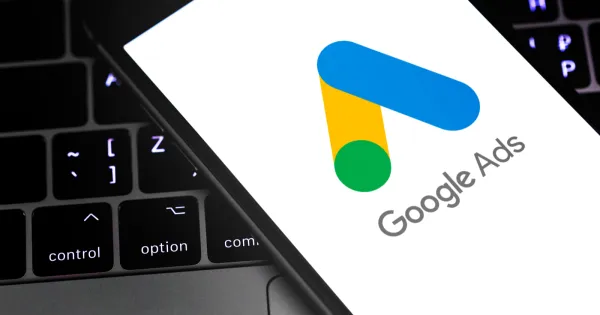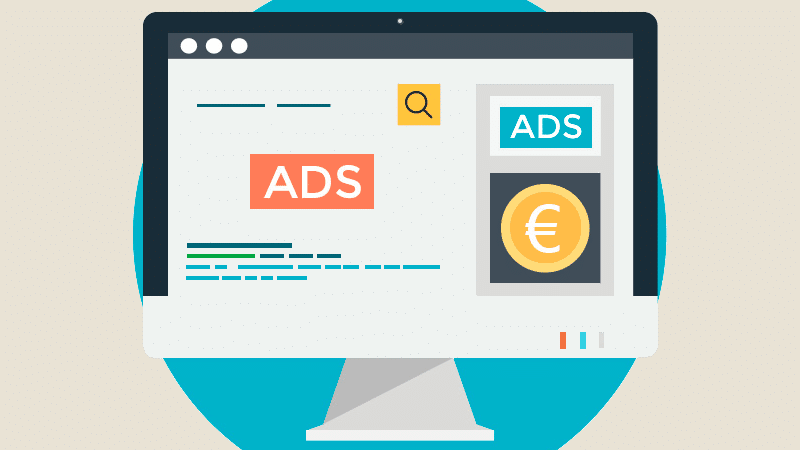Website Design: Is It UI or UX? Understanding the Difference

Introduction
In the world of digital design, terms like UI (User Interface) and UX (User Experience) are often used interchangeably, leading to confusion. However, these two concepts play distinct roles in website design. Understanding whether website design focuses on UI, UX, or both is essential for creating websites that are visually appealing and functionally efficient. This article will explore the roles of UI and UX in website design and their significance in crafting a seamless online experience.
1. What Is UI (User Interface)?
UI, or User Interface, refers to the visual and interactive elements of a website. It focuses on how the website looks and how users interact with its components.
Key Elements of UI in Website Design:
- Layout: The arrangement of elements like buttons, images, and text on the screen.
- Typography: The fonts and text styles used throughout the site.
- Colors: The color scheme that aligns with the brand and evokes the desired emotions.
- Buttons and Icons: Interactive elements that guide users through the website.
UI ensures that the website is visually appealing and easy to navigate.
2. What Is UX (User Experience)?
UX, or User Experience, focuses on how users feel while interacting with the website. It encompasses the overall journey of a user, from landing on the site to achieving their goals, like finding information or making a purchase.
Key Elements of UX in Website Design:
- Navigation: Ensuring users can easily find what they’re looking for.
- Load Time: Optimizing the website for fast loading speeds.
- Mobile Responsiveness: Designing a website that works seamlessly on all devices.
- Content Organization: Structuring information logically and intuitively.
UX prioritizes functionality and usability to create a satisfying experience for the user.
3. How UI and UX Work Together in Website Design
UI and UX are interdependent. While UI focuses on the look and feel of the website, UX ensures that the design is functional and user-friendly.
Example:
Imagine visiting an e-commerce website. The UI would determine the placement and design of the “Add to Cart” button, while the UX would ensure that the process of adding items to the cart is seamless and efficient.
A successful website design combines both UI and UX, balancing aesthetics with functionality.
4. The Role of Website Design in UI and UX
Website design encompasses both UI and UX. A well-designed website:
- Leverages UI to create a visually cohesive and attractive interface.
- Uses UX to guide users through their journey and meet their needs effectively.
- Integrates feedback loops to refine the design for both usability and appearance.
5. Tools for UI and UX Design
Several tools help designers create UI and UX for websites:
- For UI Design: Figma, Sketch, Adobe XD, Canva
- For UX Design: Axure, InVision, Adobe XD, Hotjar
Many tools, like Figma and Adobe XD, cater to both UI and UX, enabling designers to create comprehensive designs.
6. Common Misconceptions About UI and UX in Website Design
Misconception 1: UI and UX are the same.
Reality: UI focuses on the appearance, while UX focuses on functionality and user satisfaction.
Misconception 2: A beautiful design is enough for a good website.
Reality: A visually stunning design without good UX can frustrate users and lead to poor engagement.
Misconception 3: UX ends after the website is live.
Reality: UX is an ongoing process involving user feedback and continuous optimization.
7. Why Both UI and UX Are Essential
A website with excellent UI but poor UX may look great but fail to retain users due to functionality issues. Similarly, a site with strong UX but weak UI may work well but fail to attract users due to lackluster visuals. Combining both ensures that users have a visually pleasing and satisfying experience.
Conclusion
Website design is neither purely UI nor purely UX—it is a combination of both. UI creates the visual elements that users interact with, while UX ensures those interactions are seamless and enjoyable. For a successful website, designers must balance aesthetics with usability, leveraging the strengths of both UI and UX to create an experience that captivates and satisfies users.




